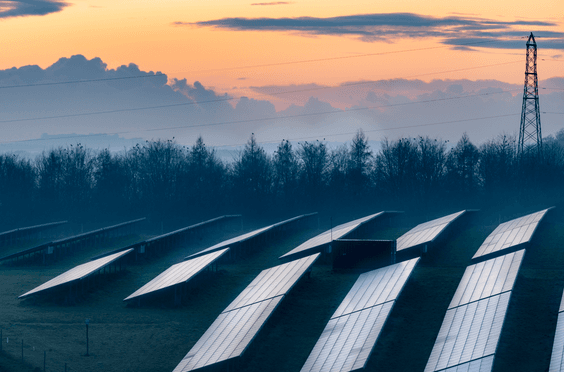The Spanish Photovoltaic Union (UNEF), the majority sector association of solar energy in Spain that already has 820 companies, celebrates International Energy Day for another year, claiming the double opportunity that it represents for Spain to increase the electrification of our economy through renewable sources, in general, and solar energy, in particular.
“One more year, we want to take advantage of International Energy Day to explain that, through increasing the electrification of our economy, we provide a solution to a double challenge: combating structural socioeconomic problems that affect our country, such as depopulation, and put a stop to the climate emergency.”, explained José Donoso, director general of UNEF in the context of this day.
For this reason, the sector association has compiled 10 pieces of information that show the solar energy sector’s ability to transform Spain:
- In 2023 the average price of electricity in Spain, €87.43/MWh, has once again been the lowest among the large economies of the European Union (Germany, France, Italy, Spain) which exceeded €101.82 €/MWh.
- So far in 2024, solar energy has covered 14% of national energy demand.
- Spain has, annually, an average of 2000 hours of sunshine. Germany, around 900 hours. Our country has an energy competitive advantage never seen before since our projects produce twice as much as those of our neighbors.
- Spain has land available, and fully compatible with other economic activities, to take advantage of all our solar potential: to meet the solar energy objectives set by the Integrated Energy and Climate Plan, less than 0.2% of the surface is needed of national cultivation.
- Solar energy projects are compatible with agriculture and livestock. Farmers and ranchers who make dual use of the land increase, on average, their income by 30%.
- The development of solar energy projects represents an opportunity to revitalize the territories that are part of rural Spain. A town hall that houses a photovoltaic plant will receive an annual income of around 10 thousand euros per installed MW, during the 30-year useful life of the installation.
- Solar energy, due to its nature as a substitute for fossil fuels, avoided the emission of 3,812,840 tons of CO2 in 2023 in Spain alone.
- Solar energy represents an opportunity to fight drought: a 10 MW photovoltaic project uses the same amount of water as 10 people in a year. In addition, they represent an economic and sustainable solution to provide energy to desalination plants in this context of drought.
- Solar energy employed, directly, indirectly and induced, in 2022 197,383 people in Spain. Furthermore, in 2022 the total contribution of photovoltaics in Spain (direct, indirect and induced) to GDP has been 15,656 million euros.
- In 2022, Spain exported 4.96 billion euros in products and components related to photovoltaics, surpassing sectors such as wine and oil.
Solar energy, source of development
Once again this year, the UN has taken advantage of this day to remember that currently, 675 million people live without access to electricity; 4 out of 5 of them being in sub-Saharan Africa. Furthermore, the international organization wanted to highlight that renewable generation sources are a key tool to reverse this situation, highlighting the ability of “photovoltaic energy to reverse these ratios thanks to the flexible and economical nature of its implementation.”
“The connection between photovoltaics, socioeconomic development and environmental sustainability is crucial to addressing the problems faced by vulnerable communities around the world. At UNEF we are very aware that the opportunity that solar energy represents in Spain can generate a demonstration effect for developing countries. We have a double opportunity, but also a great responsibility. The world is watching us,” Donoso recalled.


